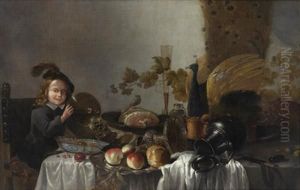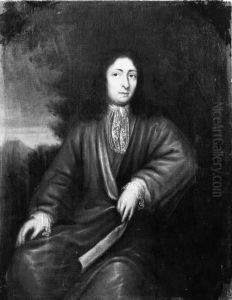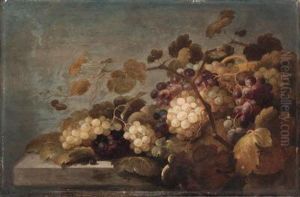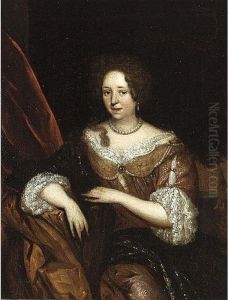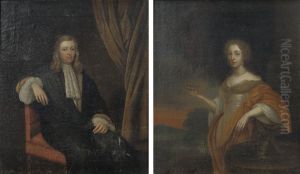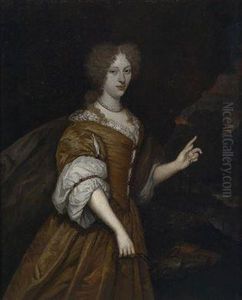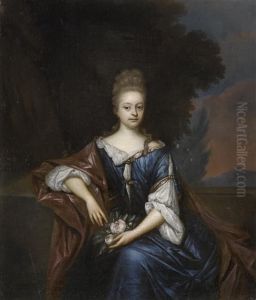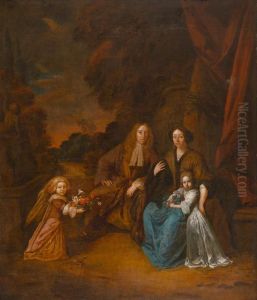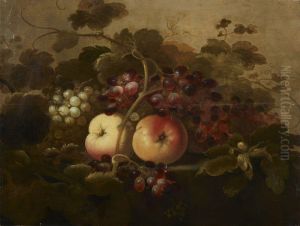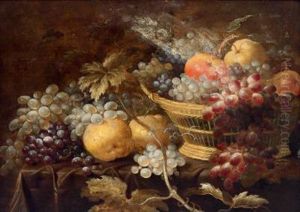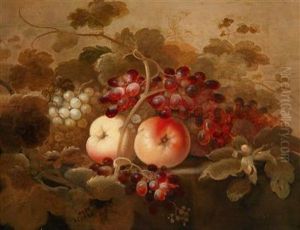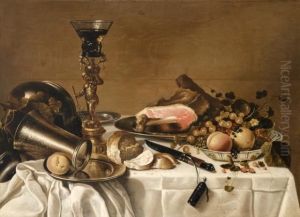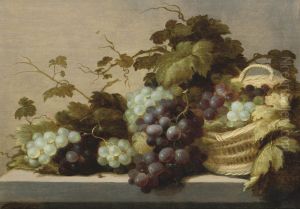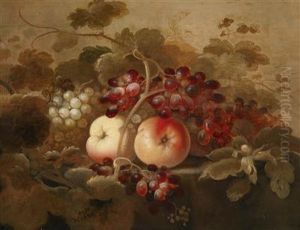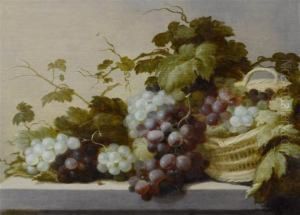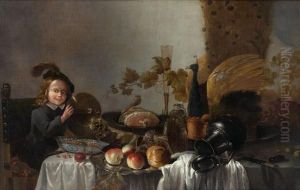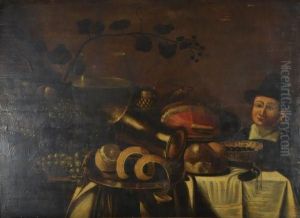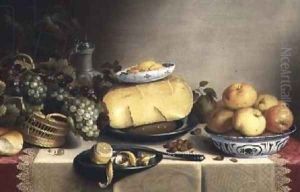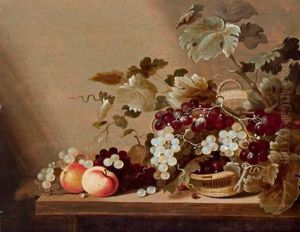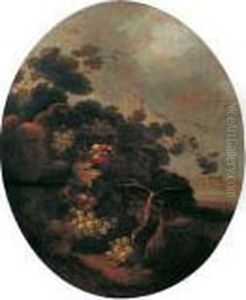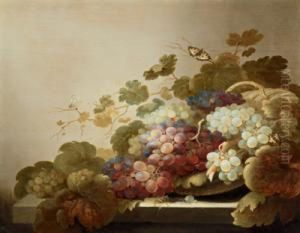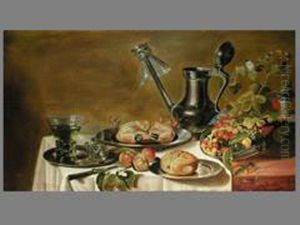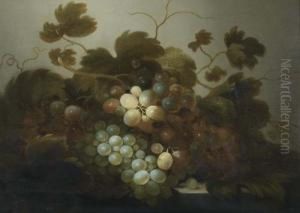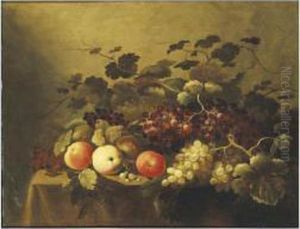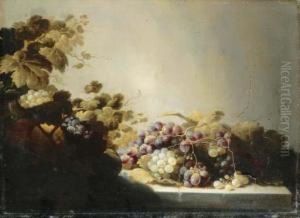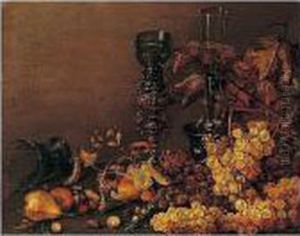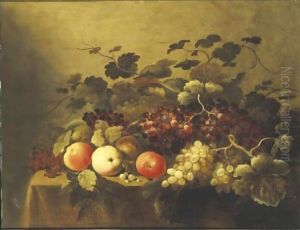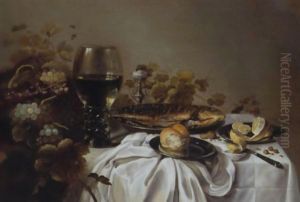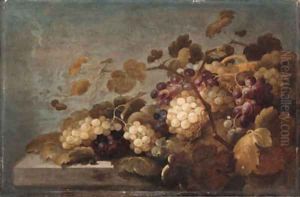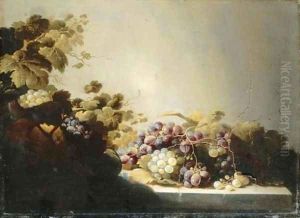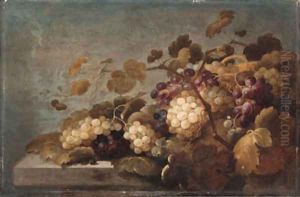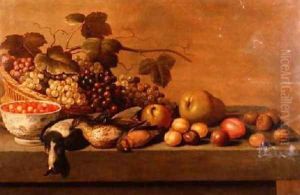Roloef Koets Paintings
Roelof Koets (also spelled Roelof Jansz. Koets or Roelof Koets II) was a Dutch Golden Age painter, primarily known for his still life paintings, particularly of banquet pieces with fruit and vanitas subjects. Born in the early 1590s in Haarlem, the Netherlands, Koets was part of an artistic family; his father, Roelof Koets I, was also a painter, which provided him with an environment conducive to developing his artistic skills from a young age.
Koets's work is characterized by its meticulous attention to detail and rich color palette. His compositions often featured a combination of fruits, flowers, and objects that were arranged on tables or in niches, displaying both his technical skill and his ability to capture the textures and subtleties of different materials.
Despite the high quality of his work, Roelof Koets did not achieve the same level of fame as some of his contemporaries, such as Willem Claesz. Heda or Pieter Claesz, who were also working in Haarlem and specialized in similar types of still life paintings. Nonetheless, Koets was a respected member of the Haarlem Guild of St. Luke, which he joined in 1616, and his works did find an audience during his lifetime.
Koets's paintings are now considered important examples of Dutch still life painting, and they can be found in various museums and private collections around the world. His legacy is preserved through the relatively small number of works that are attributed to him, each showcasing the precision and elegance of his craft. Roelof Koets passed away in 1654 in Haarlem, leaving behind a body of work that continues to be studied and appreciated for its contribution to the still life genre in Dutch art history.
